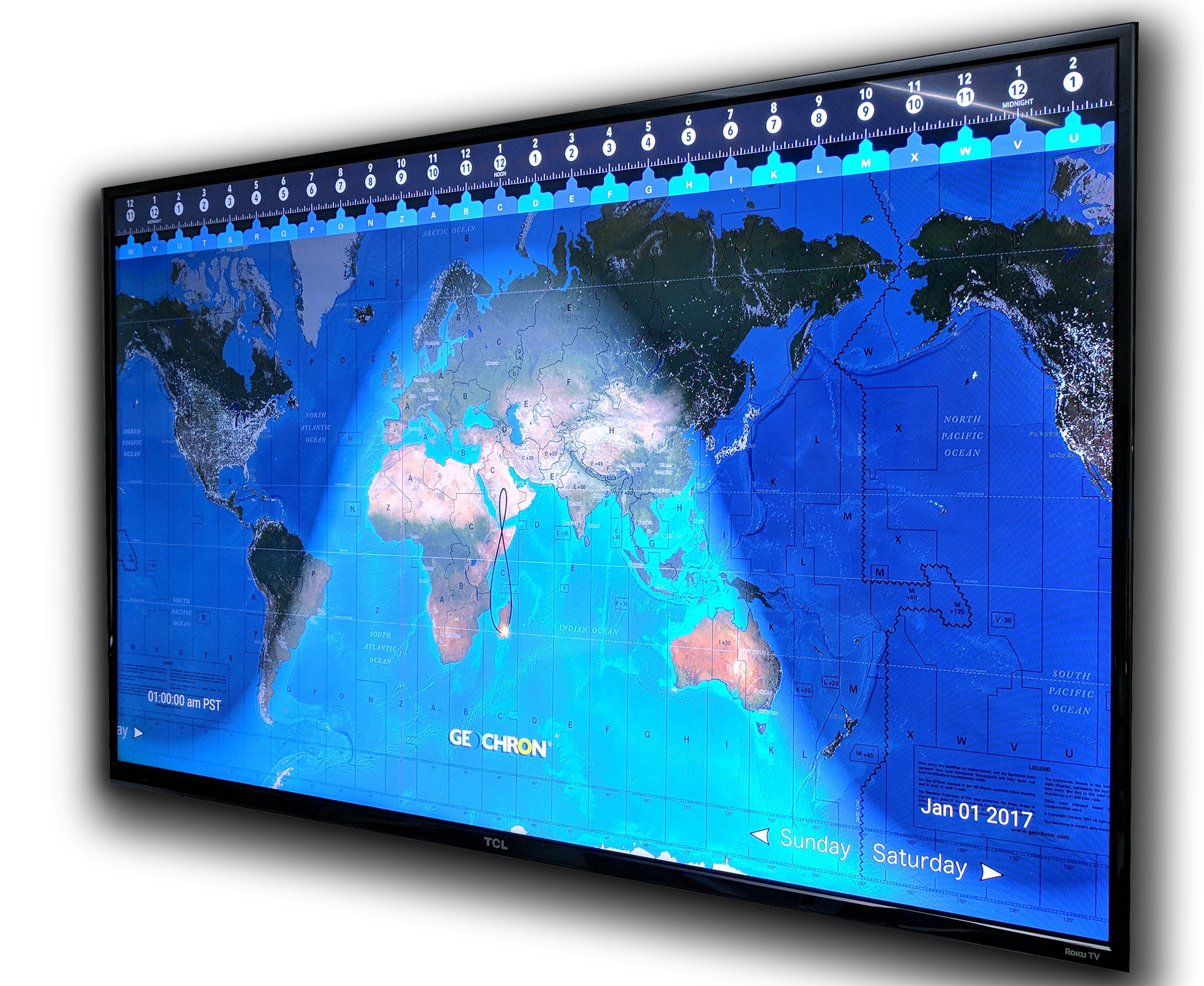- Australia ▾
- Topographic
▾
- Australia AUSTopo 250k (2024)
- Australia 50k Geoscience maps
- Australia 100k Geoscience maps
- Australia 250k Geoscience maps
- Australia 1.1m Geoscience maps
- New Zealand 50k maps
- New Zealand 250k maps
- New South Wales 25k maps
- New South Wales 50k maps
- New South Wales 100k maps
- Queensland 10k maps
- Queensland 25k maps
- Queensland 50k maps
- Queensland 100k maps
- Compasses
- Software
- GPS Systems
- Orienteering
- International ▾
- Wall Maps
▾
- World
- Australia & New Zealand
- Countries, Continents & Regions
- Historical
- Vintage National Geographic
- Australian Capital Territory
- New South Wales
- Northern Territory
- Queensland
- South Australia
- Tasmania
- Victoria
- Western Australia
- Celestial
- Children's
- Mining & Resources
- Wine Maps
- Healthcare
- Postcode Maps
- Electoral Maps
- Nautical ▾
- Flags
▾
- Australian Flag Sets & Banners
- Flag Bunting
- Handwavers
- Australian National Flags
- Aboriginal Flags
- Torres Strait Islander Flags
- International Flags
- Flagpoles & Accessories
- Australian Capital Territory Flags
- New South Wales Flags
- Northern Territory Flags
- Queensland Flags
- South Australia Flags
- Tasmania Flags
- Victoria Flags
- Western Australia Flags
- Gifts ▾
- Globes ▾
Dear valued customer. Please note that our checkout is not supported by old browsers. Please use a recent browser to access all checkout capabilities
Where the Sun Never Sets: A Glorious History of Geochron World Clocks

Introduction: Time and the Flat Earth Illusion
If the world is, as they say, a stage, then time is surely the trickiest set designer. Always moving the sun, dimming the lights on Jakarta while brightening Paris, cueing dolphins in Tonga while coaxing insomniacs in Toronto back to bed.
Most of us accept this theatrical sleight-of-hand with a wristwatch and a shrug.
But some, a noble few, require something more—a mechanism that not only tells the time, but shows it unspooling in real time, across the curvature of the Earth, like an orchestral score of sunrise and sunset.
Enter the Geochron—a strange, beautiful, vaguely Cold War-looking device that answers the question: what if timekeeping were a performance art?
Wall-mounted, illuminated, and mechanically mesmerising, the Geochron World Clock is both cartographic theatre and horological wizardry—a thing not merely to glance at, but to watch.
And like all great inventions, its story begins with a man, a vision, and a wild underestimation of just how much gearing it takes to simulate planetary motion on your dining room wall.
Chapter I: The World, in Motion – The Birth of the Geochron
The Geochron was born in the mind of James Kilburg, a precision engineer working out of the American Midwest in the late 1950s—a time when men wore pocket protectors without irony and still believed that with enough gears and grease, anything was possible.
Kilburg was fascinated with time zones, sunrise and sunset patterns, and the notion that you could visualise time as a moving frontier of light and shadow across the Earth.
So, in 1964, he did what any reasonable man would do: he built a machine that mapped the globe on a scrolling film, illuminated the current daylight band, and synchronised it all to an internal clockwork mechanism that kept accurate local times across the planet.
The result was something truly extraordinary. The Geochron didn’t just tell you the time in Tokyo. It showed you whether it was dark in Tokyo. And how long it had been dark. And how much longer it would stay that way.
And unlike a watch, which only ever belonged to you, the Geochron was a public object—designed for offices, war rooms, embassies, boardrooms, weather centres, and the living rooms of ambitious men who’d read National Geographic cover to cover.
Chapter II: The Machine Itself – Gears, Lamps, and Latitude
Let’s take a moment to appreciate the brilliance of the original mechanical Geochron.
Behind its handsome map façade—usually a Mercator projection, colour-coded by time zone and stitched with faint longitude lines—lay an intricate symphony of rotating drums, gears, and belts. These components worked together to do three things:
-
Scroll the world map across a glass panel, maintaining constant east-west motion.
-
Illuminate the daylight area with a moving bell-shaped light projection that mimics the Earth’s terminator line.
-
Display 24 time zones simultaneously using a lower row of local clocks.
The map itself changed orientation as the seasons changed, accounting for the analemma—that odd, figure-eight wobble the sun makes over the course of a year.
In short: it was a self-updating simulation of the Earth’s rotation, axial tilt, and sunlight exposure, all powered by a few motors, some clever engineering, and sheer stubborn genius.
It was, and remains, the only device in the world that can show civil twilight in Reykjavik, high noon in Nairobi, and sunrise in Santiago, simultaneously, in real time.

Chapter III: The Cold War and the Geopolitical Chic of Knowing What Time It Is in Moscow
In the 1970s and ’80s, the Geochron became the thinking man’s trophy. It was the kind of object that suggested you were connected—not just to power, but to planetary awareness.
Install one in your boardroom, and you weren’t just doing business. You were doing international business. You were orchestrating teams in Seoul, London, and San Francisco without blinking. You were thinking in time zones.
Rumour has it that Geochron clocks hung in:
-
CIA briefing rooms
-
NASA mission control centres
-
European consulates
-
Wealthy academics’ libraries
-
And at least one Bond villain’s Alpine lair (unconfirmed, but frankly believable)
They became a fixture in aviation lounges, weather bureaus, and TV newsrooms, often backlit with the same reverence usually reserved for maps of troop positions or strategic oil reserves.
This wasn’t just a timepiece. It was cartographic command.
Chapter IV: Form Follows Function (But Also Flair)
The Geochron wasn’t only accurate. It was also handsome.
Units came framed in everything from brushed aluminium to exotic hardwoods. There were custom faceplates. National flags. Company logos. Some even came integrated into cabinetry or fitted into the cockpit walls of private jets—because if you’re going to spend $50 million on a Gulfstream, why not toss in a $2,500 chronometric globe tracker?
And yet, the Geochron’s design never veered into the whimsical. There were no spinning globes, no cute beeps, no weather updates.
It was a machine for adults, meant to be read like a weather chart or the morning edition of the Financial Times.
Chapter V: Keeping Up with the World That Wouldn’t Stay Put
But as the world globalised and time zones fractured into peculiar arrangements involving half-hours, daylight savings, and political one-upmanship (looking at you, Nepal), maintaining an accurate Geochron map became an exercise in diplomatic dexterity.
For instance:
-
Venezuela shifted its time zone by 30 minutes in 2007, then changed it back in 2016.
-
North Korea invented its own time zone for fun, then abolished it.
-
India, as always, remains stubbornly at UTC +5.5, just to irritate conference planners.
Each change required custom reprogramming, map reprinting, and in some cases, entirely new scrolls.
But the Geochron team, ever undaunted, kept pace—offering map updates, servicing, and eventually, a transition into the digital age.
Chapter VI: Digital Dawn – The Geochron Lives in Pixels
In 2016, recognising that not every buyer had a wall big enough for a mechanical masterpiece (or a love of small, humming motors), Geochron released a digital version.
It projected the same sweeping arc of day and night, but now rendered in 4K resolution, complete with overlays for:
-
Satellite cloud cover
-
Weather systems
-
Earthquakes
-
Ham radio propagation conditions (seriously)
-
ISS tracking and real-time flight paths
The new digital Geochron can display a dozen map styles, update itself via Wi-Fi, and still shows you which parts of the world are basking in solar glory and which are stumbling around in the dark.
And yet—this shift wasn’t a betrayal of the mechanical original. It was an evolution. A nod to the modern user who loves time, space, and clarity—but also enjoys the convenience of an HDMI cable.
Still, for purists, the mechanical Geochron remains the holy grail.

Chapter VII: The Geochron Today – Time’s Favourite Wallpaper
In 2025, the Geochron is still ticking—literally and metaphorically.
Mechanical units are still built by hand in the United States. Still shipped around the world. Still installed with the same reverence one might grant a grand piano or a Japanese tea cabinet.
Digital units are now standard in:
-
Command centres
-
Yacht control rooms
-
University geography departments
-
And homes of eccentric collectors who can pronounce “circadian” with confidence
And the company’s customer base? A delightful cocktail of:
-
Geographers
-
Pilots
-
Retired diplomats
-
Meteorologists
-
And tech bros who just really, really like maps
It is, in the words of one customer, “The most useful conversation piece I’ve ever owned.”
Conclusion: The Art of Knowing Where the Sun Is
So why does the Geochron endure?
Because it shows us the planet as it lives. Not as a collection of borders, but as a globe of motion—spinning, orbiting, rising, setting, glowing in strips of gold and navy blue.
It reminds us that time isn’t just something you check on your phone. It’s something you inhabit. And that someone, somewhere, is always waking up just as you’re going to bed.
The Geochron, whether mechanical or digital, offers more than information. It offers perspective. It reasserts the idea that we are part of a rotating story—lit by the sun, divided by clocks, and unified by the gentle ticking of planetary rhythm.
And unlike your smartwatch, the Geochron doesn’t buzz, die, or judge you.
It just tells you, faithfully, where the light is.
Leave a comment
Comments will be approved before showing up.
Also in Travel Writings / Product Reviews

The Colours of a Continent: A History of the Aboriginal Flag
It began with an artist and a vision. It was born of protest, became an icon, weathered legal wrangling, and emerged—fifty years later—as one of the most enduring symbols of modern Australia.

Club Med Phuket: Our Full Week in Review
Whether you’re a family chasing a balance between togetherness and independence, a couple craving peace and cocktails, or simply someone ready to trade routine for ritual—this is your place.

Tracks, Trails & Tassie Tales: A Rambler’s and Rover’s Guide to Tasmania
Tasmania doesn’t just offer adventure. It insists on it. It pulls you into its wilderness, tests your knees and diff locks, and then offers you a view that resets your understanding of beauty.
Christopher O'Keeffe
Author